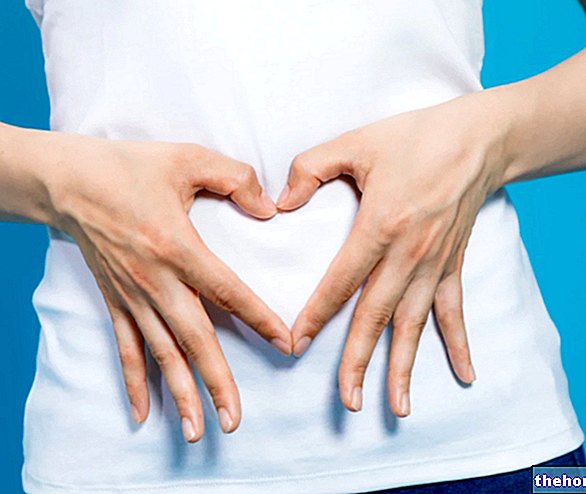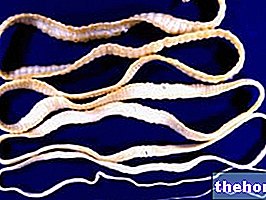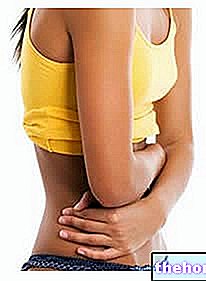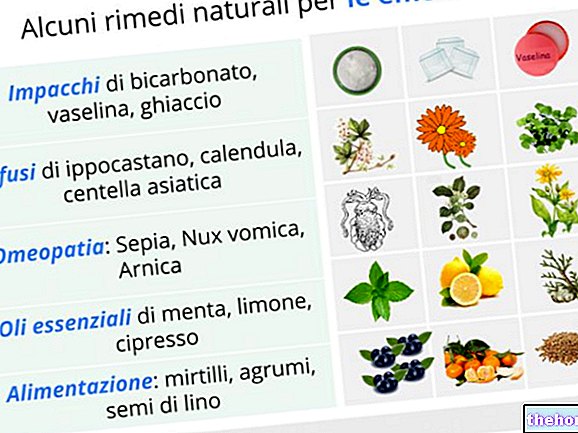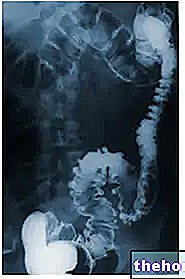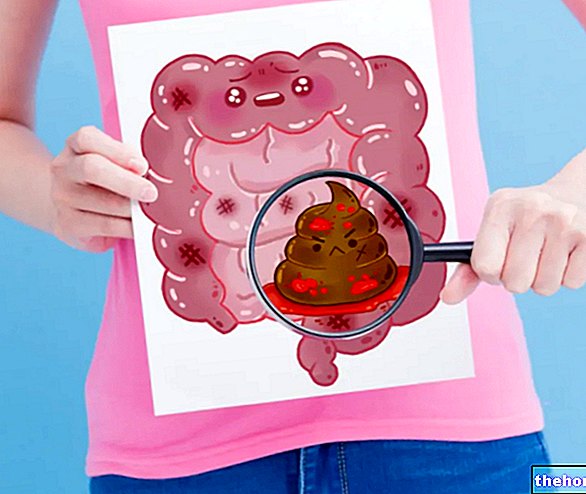Generality
In the medical field, the term "coprolites" refers to small masses of hardened and calcified fecal matter, similar to small stones, which form in the intestinal lumen.

The formation of these calcified fecal masses - although it is not considered a real pathology - could give rise, or could constitute a complication, of some intestinal diseases widespread especially in industrialized countries.
Incidence
Coproliths can form equally in both male and female patients, and can arise at any age following constipation and slowing of intestinal transit.
However, in elderly patients - in whom there is a greater fecal stasis, associated with reduced physical activity and an increase in sedentary lifestyle - the formation of coprolites is particularly widespread.
Causes
The coprolites are formed following the stagnation in the intestinal lumen of the faeces, which therefore are not expelled and on which inorganic salts are deposited which cause their hardening and calcification.
The formation of coprolites, therefore, is mainly attributable to the presence of disorders such as, for example, constipation and slowing of intestinal motility.
Associated Pathologies
As mentioned, the formation of coprolites is not considered a real pathology, and these masses can hardly cause serious damage, as they are usually excreted with the faeces. However, if this does not happen and if the intestinal function is not restored, the size of the coprolites can increase to a large size, such as to cause an intestinal obstruction with the relative consequences.
Furthermore, depending on the area of the intestine in which they form, coprolites can give rise to or constitute the complication of some intestinal pathologies.
More specifically, if the coprolites accumulate in the appendix, they could represent the triggering cause of the "onset of" appendicitis, that is the inflammation of the vermiform appendix that departs from the initial part of the large intestine. This phenomenon is quite widespread; in fact, it is estimated that the cause of 35% of cases of appendicitis lies precisely in the accumulation of coprolites in the appendicular area.
On the other hand, when coprolites accumulate at the level of one or more pathological diverticula, they can cause inflammation (and, in some cases, infection), therefore they can play a very important role in the onset of the so-called diverticulitis (a complication diverticulosis).
Symptoms
Generally, the formation of coprolites does not cause a typical symptomatology, which appears instead when their presence determines the onset or complication of pathologies and disorders such as intestinal obstruction, appendicitis and diverticulitis.
Although each of the intestinal diseases associated with the formation of coprolites gives rise to different clinical manifestations, some of the symptoms that can occur in these conditions are common to all the aforementioned pathologies. Among these, we remember:
- Abdominal pain in the affected area;
- Abdominal pain on palpation;
- Acute abdomen;
- Intestinal atony;
- Abdominal cramps
- Fever;
- Nausea and vomit.
Remedies for Coproliti
As stated, the formation of coprolites is the consequence of disorders such as constipation and the slowing of intestinal transit. For this reason, the most suitable remedy to facilitate its elimination and, at the same time, to prevent its formation, consists precisely in favoring as much as possible the functionality of the intestine and the regularity of evacuations.
To achieve the aforementioned goal, it is essential to follow a varied and balanced diet, characterized by a rich intake of vegetable fibers (fruit and vegetables) and by the intake of adequate quantities of liquids (at least one and a half liters of water per day), which is necessary to associate a healthy lifestyle characterized by a good level of physical activity.
Following these simple precautions is an extremely effective method to promote and regularize intestinal transit, thus preventing the formation of coprolites and the associated pathologies.
To learn more, read: Diet for Constipation "

